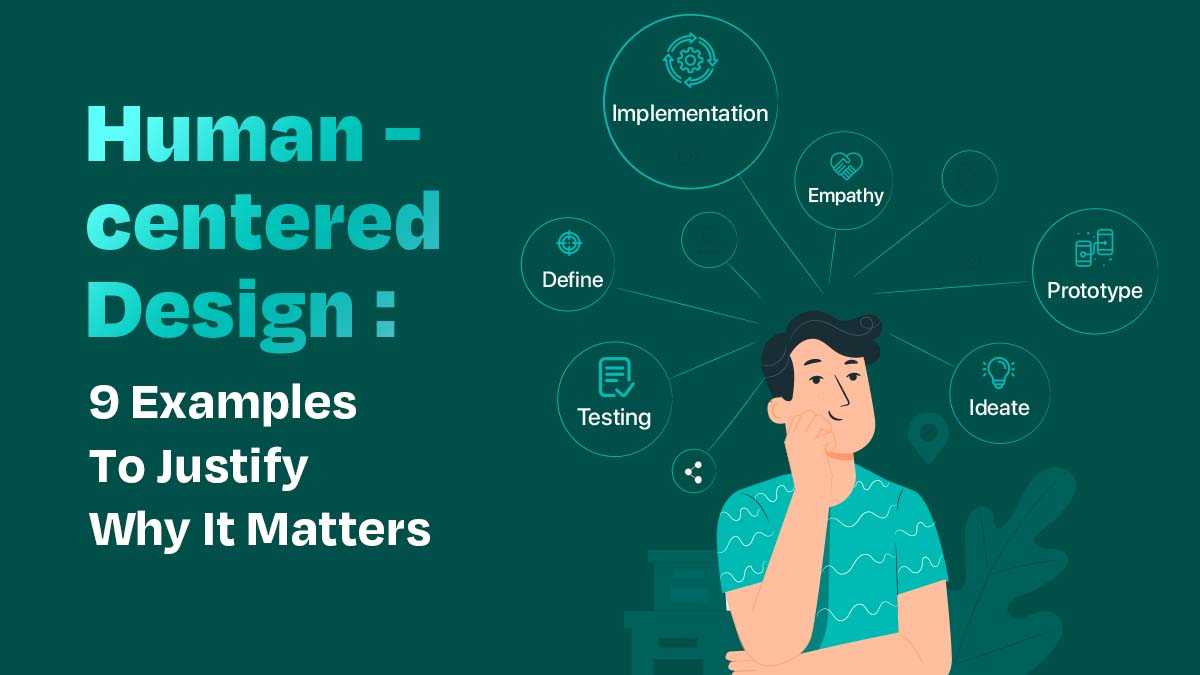In today’s fast-paced digital world, technology evolves faster than ever but the real success of innovation lies not in how advanced the systems are, but in how human they feel. This is the philosophy behind human-centered design (HCD) a movement reshaping how digital products are built, experienced, and loved.
Human-centered design focuses on understanding people first their needs, motivations, emotions, and challenges before writing a single line of code or drawing a wireframe. It’s about designing with people, not just for them.
Why Human-Centered Design Matters
For years, digital products prioritized functionality and efficiency. But as users became more digitally mature, expectations shifted. Today’s audiences want experiences that feel intuitive, empathetic, and inclusive. They want apps, websites, and systems that adapt to their behaviors, not the other way around.
HCD bridges this gap between technology and humanity. By integrating psychology, empathy, and storytelling into the design process, brands can build products that truly connect with their users emotionally and practically.
Principles of Human-Centered Design
- Empathy – The foundation of HCD is empathy. Designers must immerse themselves in the user’s world — through interviews, observation, and testing to understand their pain points and aspirations.
- Iteration – Human-centered design thrives on feedback. Prototypes are tested early and often, allowing teams to refine experiences before full development.
- Inclusivity – True innovation serves everyone. Accessibility and diversity aren’t optional they ensure that digital experiences reach broader, global audiences.
- Co-Creation – Users aren’t just test subjects; they’re collaborators. Involving them in the design process leads to more relevant and meaningful outcomes.
The Impact on Modern Businesses
Companies that embrace human-centered design don’t just build better products they build stronger relationships. A user who feels understood and valued is more likely to trust a brand, stay loyal, and advocate for it.
Industries from healthcare to fintech to education are using HCD to simplify complex systems, reduce friction, and make technology more approachable. As a result, customer satisfaction, retention, and brand reputation have become key indicators of design success.
The Future of Design is Human
As AI, automation, and digital experiences become more integrated into daily life, the need for human connection will only grow stronger. The future of design will belong to those who can combine technological intelligence with emotional intelligence crafting experiences that feel effortless, meaningful, and deeply personal.
In the digital age, human-centered design isn’t just a methodology it’s a mindset. One that reminds us that behind every click, tap, and scroll, there’s a human being and designing with empathy is what keeps innovation truly alive.
SEO Keywords:
Human-centered design, user experience, UX design, digital innovation, empathetic design, inclusive technology, design thinking, user interface, app design, Designekta.
